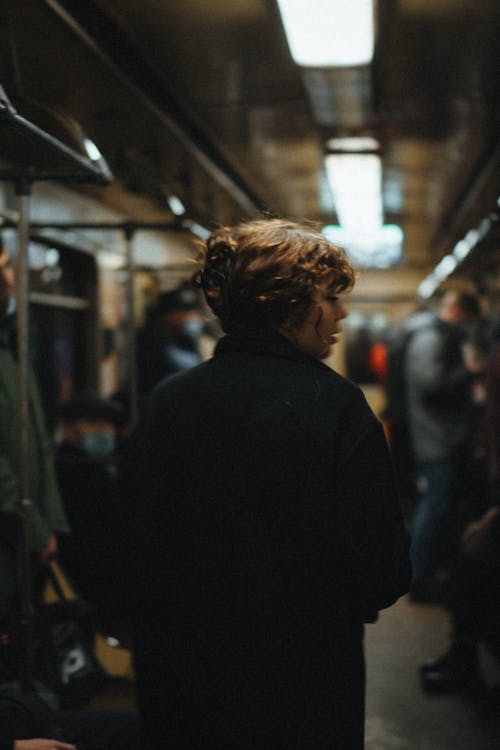¾ anxious ¾ embarrass ¾ Illegal ¾ memorabilia ¾ racism ¾ unbearable ¾ autonomy ¾ endorsement ¾ impulsive ¾ neighborhood ¾ sanitize ¾ uncomfortable ¾ bias ¾ exception ¾ initiative ¾ offensive ¾ scaffolder ¾ unhygienic ¾ challenges ¾ expensive ¾ innocently ¾ pandemic ¾ self-imposed ¾ virus ¾ collective ¾ generation ¾ immigration ¾ passionate ¾ siblings ¾ vulnerable ¾ complicated ¾ health ¾ inclusive. [...] When students have finished the book, choose from these questions to guide a group discussion: ¾ How would you describe what the book is about in one word or one sentence? ¾ When you first meet some of the characters (i.e., Knox, Bowen, Lea, Mom, Dad), what are they like? How are they different by the end of the story? What causes these characters to change and evolve throughout the story? ¾ Why d. [...] Don’t let them?” Can you relate to this and if so, how? ¾ When Christopher and Knox post on Nextdoor (an app for neighborhood goods and services) about Christopher’s family restaurant, what examples of anti-Asian bias and other forms of racism do they see in the comments? How do they feel and what do they do? ¾ When Knox googles what to do when you hear a racist statement, what does he learn? What. [...] What was positive about those plans and when did it go in a negative direction? ¾ What was your reaction to these adventures and have you ever done something similar? ¾ How does the family come together after they think Knox has Covid? ¾ What happens when Bowen and Knox come face-to-face with the man who called Bowen a racist slur? What do they say to him? ¾ What is your favorite, most memorable o. [...] Acting as an Ally Ask students: What experiences of bias, bullying and discrimination did Knox and his family face? What other types of bias were experienced by characters in the book such as anti-immigrant bias, classism and ableism? Refer to some of the examples of bias described above or other examples from the book that took place in school, in the community amongst their peers and others.


